

| Ten common Nottinghamshire moths by month |
| April |
| By now, most of the moths flying
in the earlier months of the year should hopefully be
familiar to the newcomer to moth trapping and some
species, will still continue to fly well into April. April continues to see an increase in the number species on the wing and new species start to become much easier to recognise and learn. To help with identification, we have started to incude more potential species which could be trapped, after the most likely ten moths. |
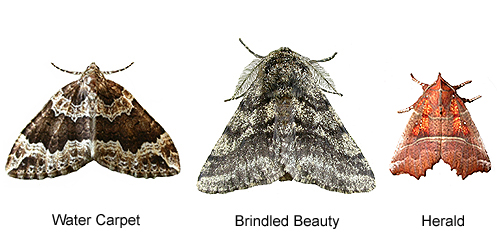 |
|
| ... | ||
| Below are ten species most likely to be recorded at MV light in Nottinghamshire during the month, followed by a selection of other potential species, also regularly attracted to light and some day-flying moths. | ||
| 29.001 .... B&F 0663 .... Diurnea fagella ([Denis & Schiffermüller],
1775) |
||
| Status .....Usually abundant at sites throughout in the north of the county and generally easy to find by day on the trunks of trees. The female is largely wingless, but the male will occur at light traps run from urban locations. | ||
| ...... | ||
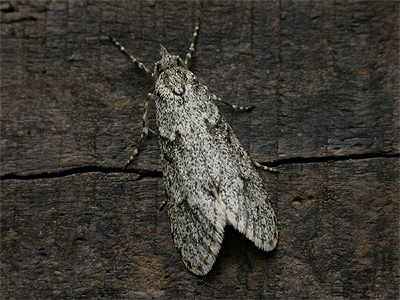 |
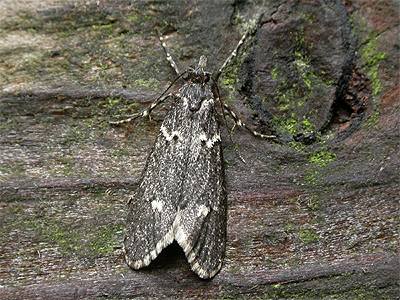 |
|
| 70.103 .... B&F 1750 .... Water Carpet Lampropteryx suffumata ([Denis & Schiffermüller], 1775) |
||
| Status .....Flying quite early in the year, may mean that this moth is severely under recorded from many sites in Nottinghamshire. It is certainly regularly recorded from Sherwood Forest, Eakring and the Idle Valley NR areas. | ||
| ... | ||
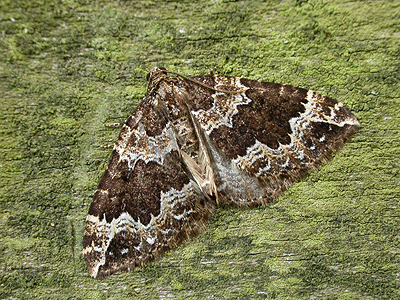 |
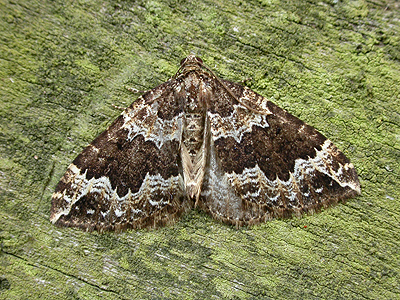 |
|
| 70.141 .... B&F 1862 .... Double-striped Pug Gymnoscelis rufifasciata (Haworth, 1809) |
||
| Status .....Common and widespread across much of Nottinghamshire. | ||
| ... | ||
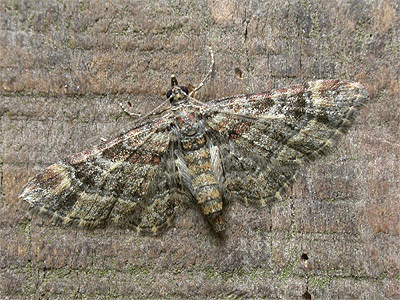 |
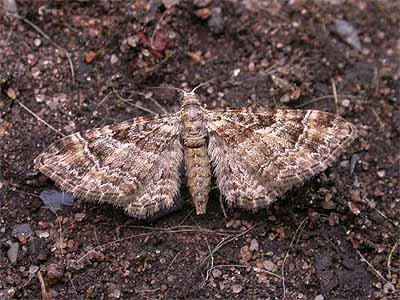 |
|
| 70.156 .... B&F 1852 .... Brindled Pug Eupithecia abbreviata (Stephens, 1831) |
||
| Status.....Common in many of Nottinghamshire's woodlands, flying early in the year. Can be abundant at Sherwood Forest in the right conditions, when large numbers turn up at MV light traps. Regular at MV light in suburban gardens. | ||
| .......... | ||
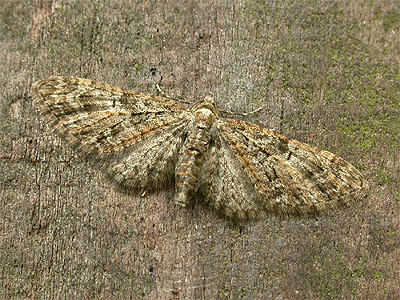 |
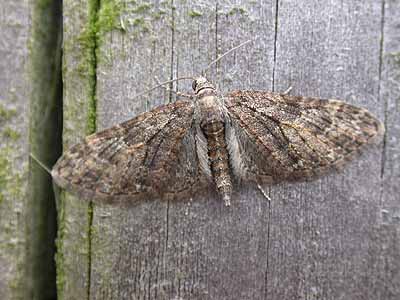 |
|
| 70.239 .... B&F 1919 .... Purple Thorn Selenia tetralunaria (Hufnagel,
1767) |
||
| Status .....Never recorded as widely as Early Thorn, but still quite widespread over north Nottinghamshire. Regular in small numbers at Sherwood Forest and well recorded from Eakring and the Idle Valley areas. | ||
| ...... | ||
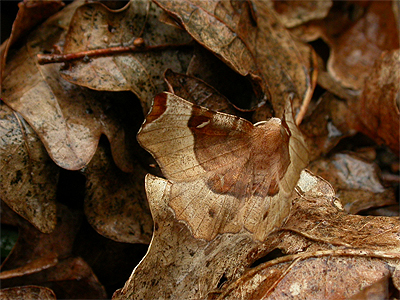 |
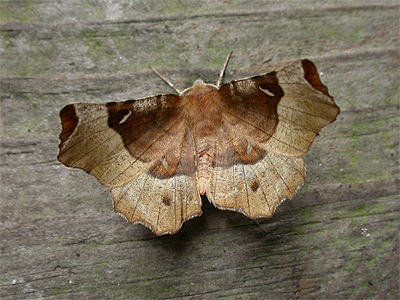 |
|
| 70.270 .... B&F 1947 .... Engrailed Ectropis crepuscularia (Goeze,
1781) ....
Formerly known as Ectropis bistortata |
||
| Status .....Probably quite common over most of Nottinghamshire, although there are few records from the Trent Valley among the records we have available to us. | ||
| .... | ||
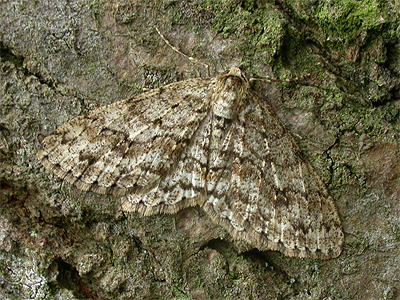 |
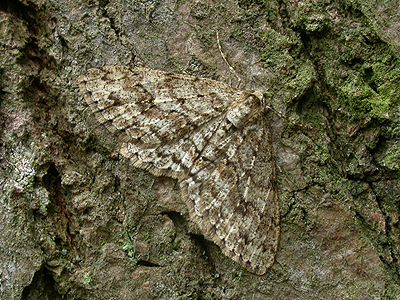 |
|
| 72.001 .... B&F 2469 .... Herald Scoliopteryx
libatrix (Linnaeus, 1758) |
||
| Status .....Fairly common in Nottinghamshire, but never very frequently attracted to MV light. Over-winters as an adult in caves, cellars and outbuildings etc. | ||
| ...... | ||
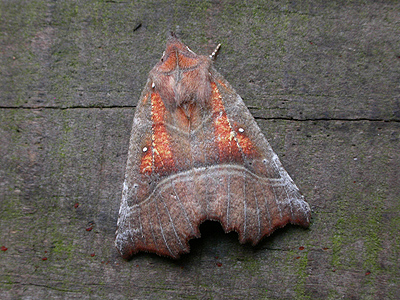 |
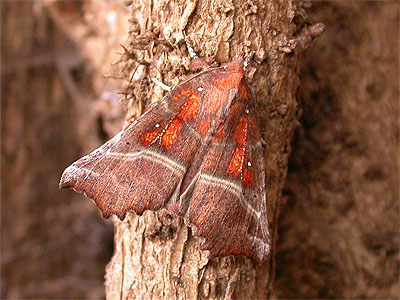 |
|
| 73.202 .... B&F 2237 .... Grey Shoulder-knot Lithophane ornitopus (Dadd, 1911) |
||
| Status .....First recorded in Nottinghamshire during 2003. Two records from Eakring in September of that year, were second and third county records. Recorded twice more at Eakring in 2004 (including one on the trunk of a tree at Eakring Flash, between November 27th and December 31st 2004) with another record coming in March 2005. Now very firmly established and widespread in Nottinghamshire and probably still increasing. Regularly encountered on tree trunks during the Autumn months. | ||
| ...... | ||
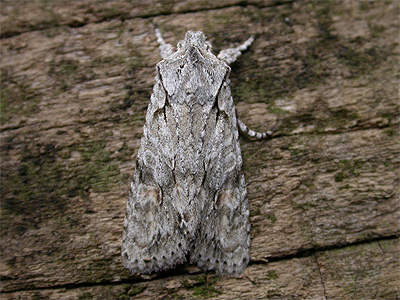 |
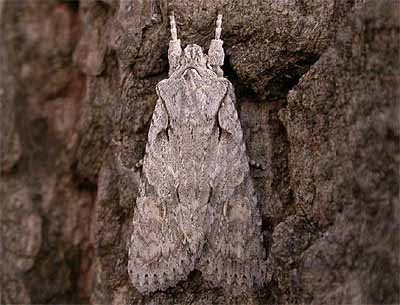 |
|
| 73.242 .... B&F 2188 .... Clouded Drab Orthosia incerta (Hufnagel, 1766) |
||
| Status .....Common, with a similar Nottinghamshire range as Common Quaker, with the two species both flying early in the year. There are few records from the Trent Valley area. | ||
| ...... | ||
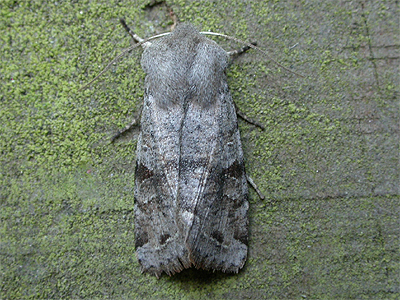 |
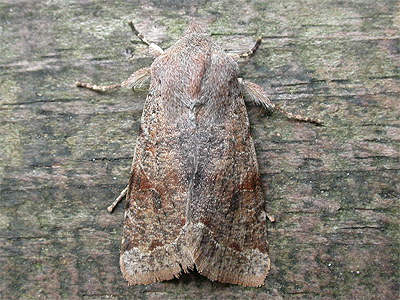 |
|
| 73.249 .... B&F 2190 .... Hebrew Character Orthosia gothica (Linnaeus, 1758) |
||
| Status .....Common and found in most parts of the county, although not well recorded from south-eastern areas of Nottinghamshire. | ||
| ...... | ||
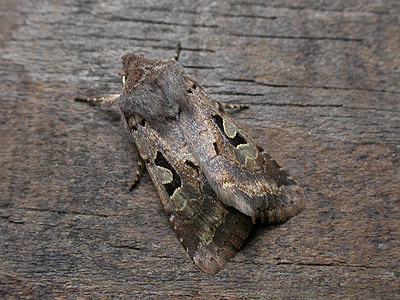 |
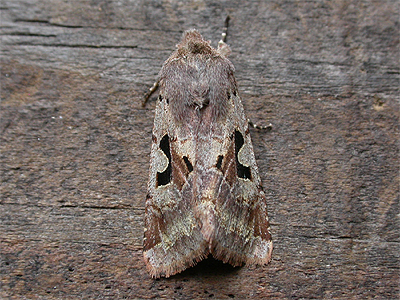 |
|
| Can't find your moth? Some other moths often recorded at MV light during April |
| .... |
| The following moths are also likely to occur during the month, although some may be more habitat specific and less likely to be recorded from suburban gardens. |
| .... |
| Common moths often recorded during the day |
| ..... |
| The following moths are often encountered during daylight hours during April, either resting on fences, tree trunks etc. The Orange Underwing is a day-flying moth of Birch woodland and commoner in Nottinghamshire than some sources suggest. |
| ..... |